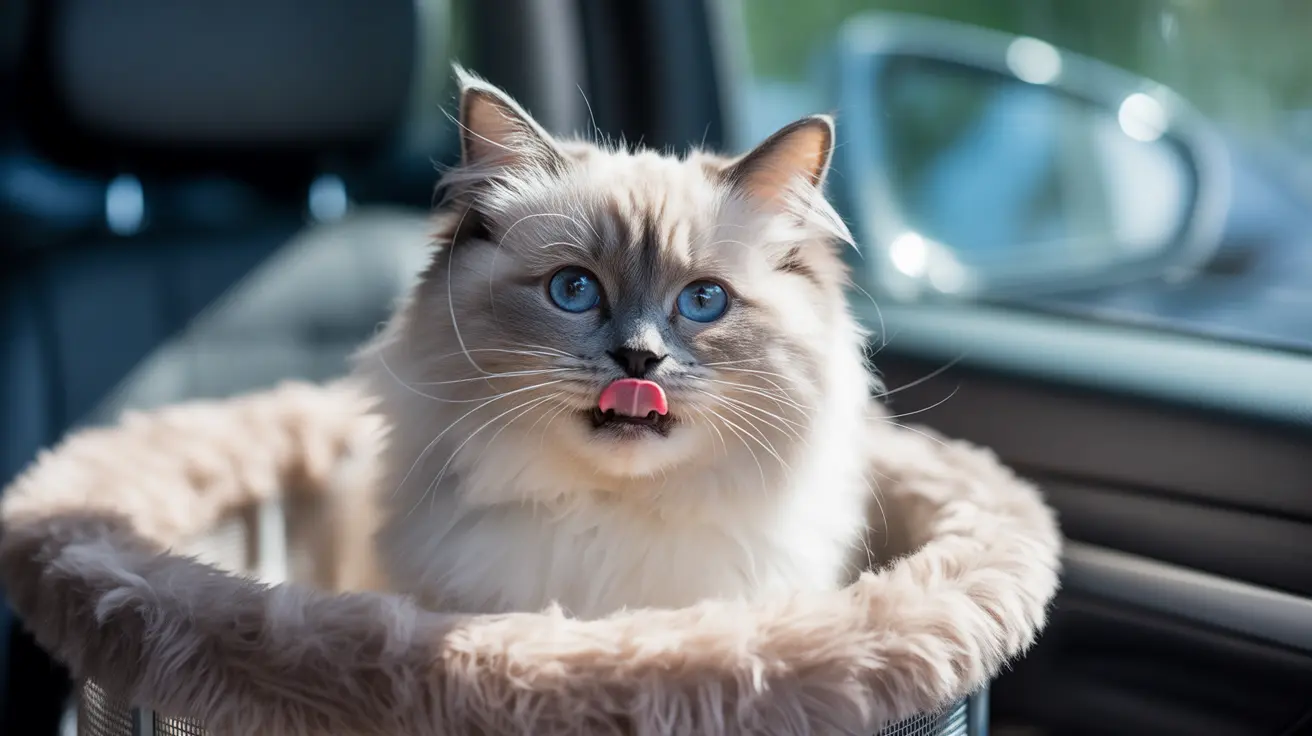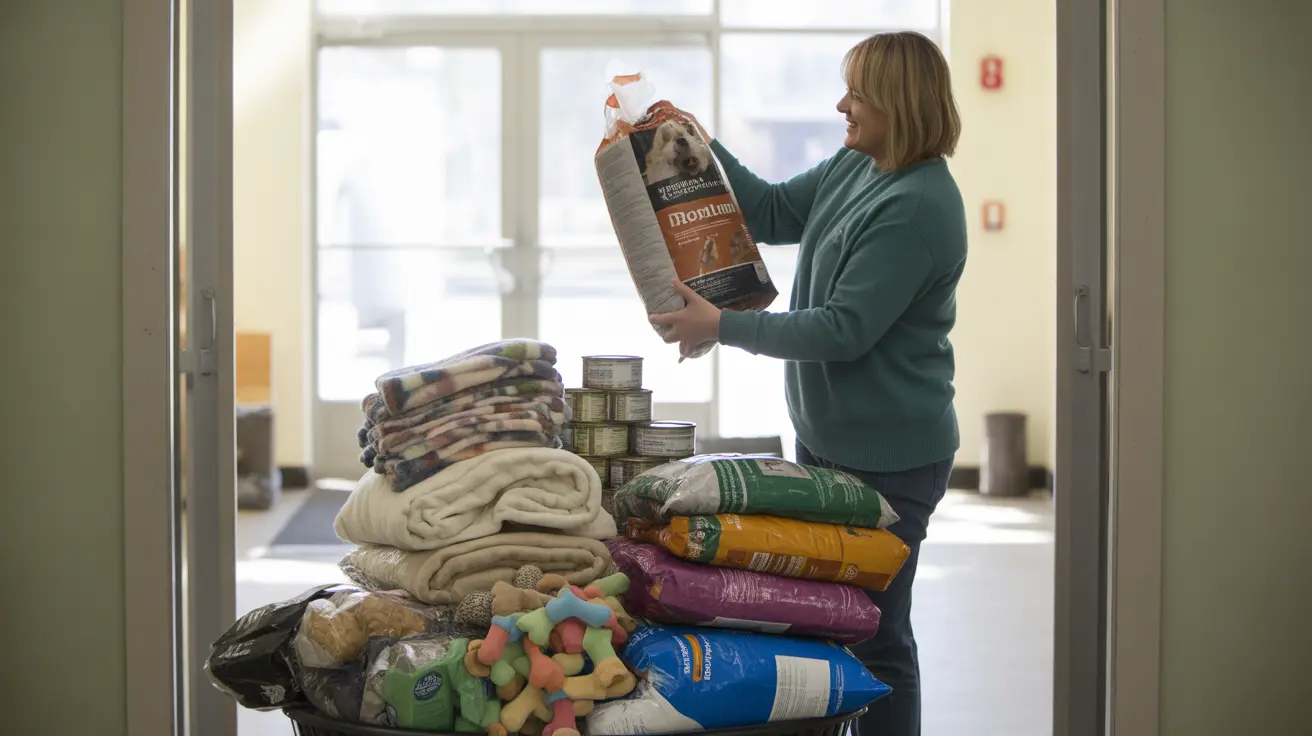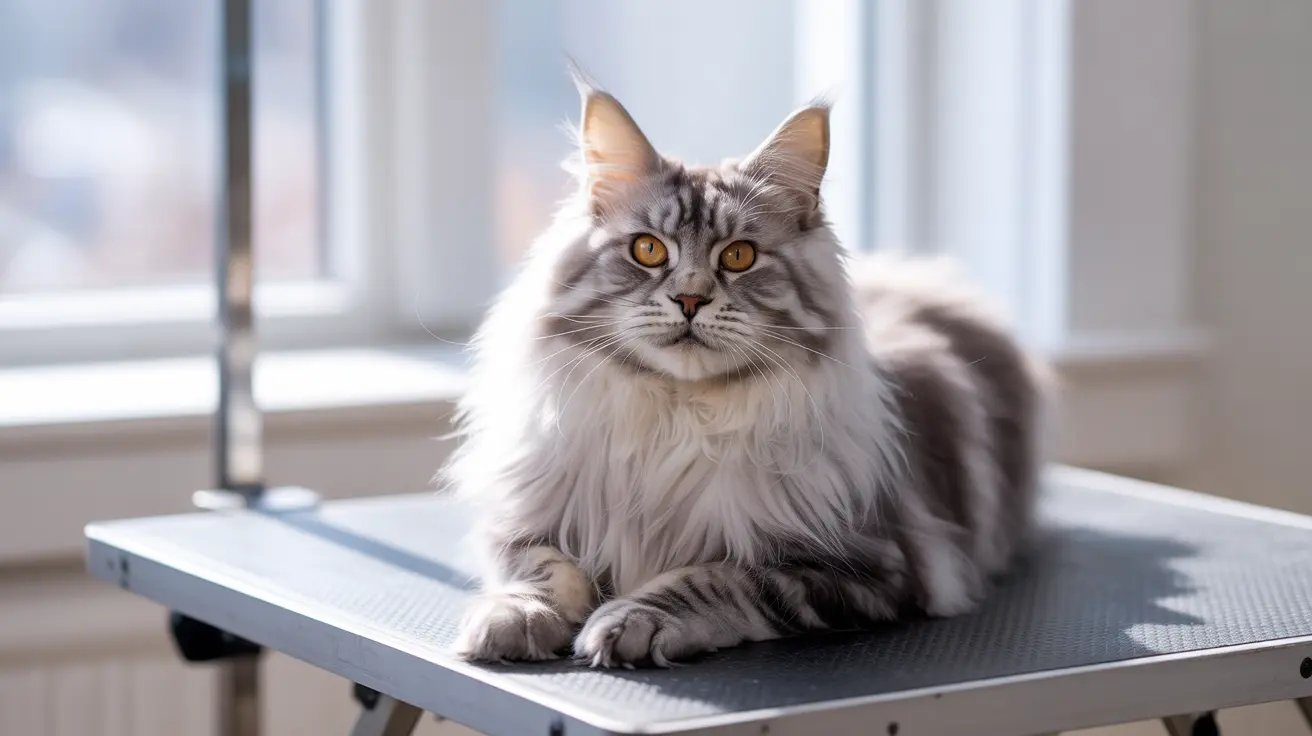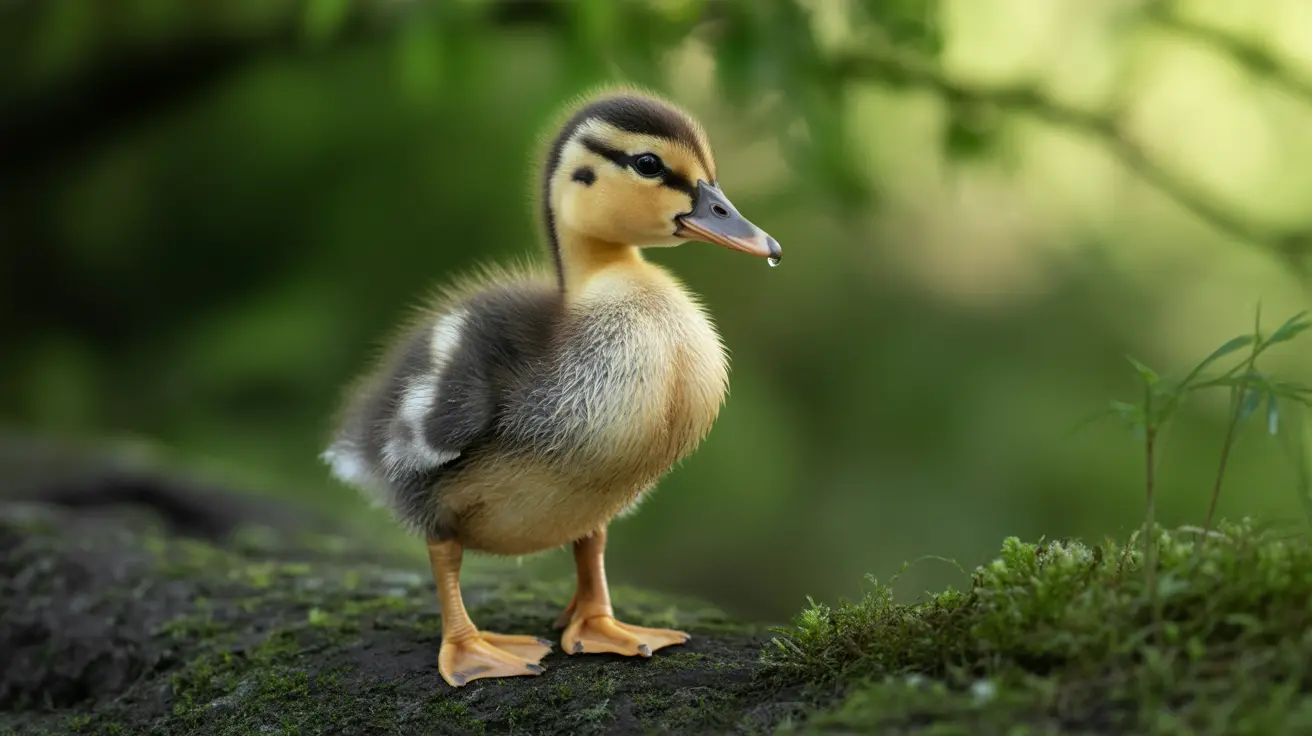Why Do Cats Pant? Understanding the Causes and When to Seek Help
Unlike their canine counterparts who routinely pant to stay cool, cats rarely exhibit this behavior under normal circumstances. When you notice your feline friend breathing rapidly with their mouth open, it's natural to wonder: why do cats pant? Understanding the reasons behind this uncommon behavior is crucial for every cat owner, as panting in cats can range from temporary responses to serious medical emergencies requiring immediate attention.
Cat panting involves rapid breathing with an open mouth, often accompanied by an anxious or wide-eyed appearance. While dogs use panting as their primary cooling mechanism, cats have evolved different physiological approaches to temperature regulation and oxygen management. This fundamental difference makes panting in cats a more significant indicator that deserves careful observation and often veterinary evaluation.
This comprehensive guide will help you distinguish between normal and concerning instances of panting, recognize emergency situations, and understand when your cat needs professional medical care. By learning to identify the various causes and accompanying symptoms, you'll be better equipped to respond appropriately and ensure your cat's health and well-being.
Understanding Normal vs. Concerning Cat Panting
The primary reason why do cats pant relates to their body's need for increased oxygen intake. When a cat pants, they're working to bring more oxygen into their system to meet their body's demands. However, distinguishing between normal and abnormal panting requires careful observation of the circumstances and accompanying symptoms.
Normal panting in cats typically occurs after intense or prolonged exercise, particularly following vigorous play sessions. Since cats don't sweat except through their paw pads, panting serves as a temporary cooling mechanism when they've exerted themselves. This type of panting should be short-lived and resolve once your cat has had time to rest and cool down.
Concerning panting, however, presents differently and requires immediate attention. Emergency veterinary care should be sought if panting occurs alongside abnormal gum color (pale, white, blue, or yellow), collapse, coughing, or gagging. These symptoms indicate that your cat may be experiencing a medical emergency that could be life-threatening without prompt intervention.
Common Causes of Cat Panting
Stress and Anxiety-Related Panting
One of the most frequent explanations for why do cats pant involves stress and anxiety. Cats commonly experience panting during stressful situations such as car rides, veterinary visits, or significant environmental changes. This stress-induced panting occurs as part of their body's fight-or-flight response, increasing their respiratory rate to prepare for perceived threats.
Motion sickness can also contribute to panting during travel, making car rides particularly challenging for many cats. The combination of unfamiliar surroundings, movement, and confinement can trigger both anxiety and physical discomfort, resulting in rapid, open-mouth breathing.
Physical Exertion and Overheating
Intense physical activity represents another normal reason why cats pant. After vigorous play sessions or extended periods of activity, cats may pant temporarily to recover and regulate their body temperature. This response is particularly common in younger, more active cats who engage in intense hunting behaviors or interactive play.
Overheating and potential heatstroke also cause panting in cats. Unlike dogs, cats rely primarily on behavioral adaptations like seeking cool surfaces and shade to manage their body temperature. When these strategies prove insufficient, panting becomes a backup cooling mechanism, though it's less efficient for cats than for dogs.
Medical Conditions Causing Panting
Several serious medical conditions explain why do cats pant, requiring immediate veterinary attention. Heart disease, including congestive heart failure, can cause fluid accumulation around the lungs and heart, leading to breathing difficulties and panting. These cardiovascular conditions are particularly common in older cats and certain breeds predisposed to heart problems.
Respiratory diseases such as asthma, pneumonia, and other lung infections frequently cause panting as cats struggle to obtain adequate oxygen. Heartworm infection, while less common in cats than dogs, can also lead to respiratory distress and panting. Additionally, anemia reduces the blood's oxygen-carrying capacity, forcing cats to breathe more rapidly to compensate.
Foreign body obstruction of the airway represents a medical emergency that causes immediate panting and breathing distress. Severe pain from injury or illness can also trigger panting as cats attempt to cope with discomfort and increased physiological stress.
Recognizing Emergency Situations
Understanding when panting indicates a medical emergency is crucial for cat owners. Immediate veterinary care is essential when panting occurs alongside specific warning signs that suggest life-threatening conditions.
Changes in gum color represent one of the most critical emergency indicators. Normal cat gums should appear pink and healthy. Pale, white, blue, or yellow gums accompanying panting suggest serious conditions such as shock, oxygen deprivation, or liver problems that require immediate professional intervention.
Additional emergency signs include collapse, excessive drooling, coughing, gagging, or any indication that your cat cannot breathe comfortably. Cats displaying these symptoms need immediate veterinary attention, as delays can result in serious complications or death.
Diagnostic Approaches and Treatment Options
When determining why do cats pant, veterinarians employ various diagnostic techniques to identify underlying causes. The initial physical examination focuses on assessing breathing patterns, heart sounds, and overall condition while gathering information about the circumstances surrounding the panting episodes.
Common diagnostic tests include blood work to check for anemia, infections, and organ function, as well as heartworm testing to rule out parasitic infections. Chest X-rays provide detailed images of the heart and lungs, helping identify structural abnormalities, fluid accumulation, or masses that might cause breathing difficulties.
Pulse oximetry measures blood oxygen levels, providing immediate information about your cat's respiratory efficiency. Advanced diagnostics like echocardiography may be necessary to evaluate heart conditions thoroughly and determine appropriate treatment strategies.
Treatment approaches vary depending on the underlying cause but often include hospitalization for severe cases. Oxygen therapy helps cats with respiratory distress, while intravenous fluids address dehydration and support circulation. Medications are tailored to specific diagnoses, ranging from bronchodilators for asthma to heart medications for cardiovascular conditions.
Prevention and Management Strategies
Preventing situations that commonly cause panting helps maintain your cat's health and reduces stress-related episodes. Keeping cats indoors protects them from extreme temperatures, reduces exposure to respiratory irritants, and minimizes stress from encounters with other animals or unfamiliar environments.
Stress management plays a crucial role in preventing anxiety-induced panting. Gradual habituation to carriers and travel can reduce car ride stress, while pheromone sprays and familiar bedding provide comfort during necessary trips. Maintaining consistent routines and providing secure hiding spaces help cats feel safe and reduce overall anxiety levels.
Temperature management is essential, particularly during warmer months. Ensuring adequate ventilation, providing cooling mats or tiles, and maintaining comfortable indoor temperatures help prevent overheating. Never leave cats in hot cars or other environments where they cannot regulate their body temperature effectively.
Regular veterinary wellness visits enable early detection of conditions that might cause panting, while year-round heartworm prevention protects against parasitic infections that can affect respiratory function.
Supporting Your Cat During Panting Episodes
When you observe your cat panting, your immediate response can significantly impact their well-being. For stress-induced panting, creating a calm environment and speaking in soothing tones can help reduce anxiety. Avoid handling or restraining a panting cat unless absolutely necessary, as this can increase stress and worsen their condition.
If panting occurs after exercise or play, allow your cat to rest in a cool, quiet area with access to fresh water. Monitor their breathing pattern and ensure the panting resolves within a reasonable timeframe as they recover from exertion.
For emergency situations, keep your cat calm while preparing for immediate veterinary transport. Place them in a secure carrier with familiar bedding, and contact your veterinary clinic to alert them of your arrival. Avoid giving food, water, or medications unless specifically instructed by veterinary staff.
Frequently Asked Questions
Is it normal for cats to pant after playing? Yes, brief panting after intense play or exercise is normal for cats as they work to cool down and recover. However, the panting should resolve within a few minutes of rest. Prolonged or frequent panting in resting cats may indicate underlying health issues requiring veterinary evaluation.
How can I tell if my cat's panting is an emergency? Emergency panting is characterized by abnormal gum color (pale, white, blue, or yellow), collapse, coughing, gagging, or extreme difficulty breathing. If your cat shows any of these signs along with panting, seek immediate veterinary care as these symptoms can indicate life-threatening conditions.
Why does my cat pant during car rides? Car ride panting typically results from stress, anxiety, and sometimes motion sickness. The unfamiliar environment, movement, and confinement can trigger your cat's stress response. Gradual habituation to carriers, comfortable temperatures, and pheromone sprays can help reduce travel-related panting.
Do cats pant to cool themselves like dogs? Unlike dogs, cats rarely pant for cooling purposes. Cats primarily regulate temperature through behavioral adaptations like seeking shade and cool surfaces. Since cats don't sweat except through their paw pads, panting serves as a less efficient backup cooling mechanism used only when other methods fail.
What heart problems cause panting in cats? Heart diseases such as congestive heart failure and cardiomyopathy can cause panting in cats. These conditions lead to fluid accumulation around the lungs and heart, making breathing difficult. Heart problems are particularly common in older cats and certain breeds predisposed to cardiovascular issues.
Can respiratory infections make cats pant? Yes, respiratory diseases including asthma, pneumonia, and lung infections frequently cause panting as cats struggle to obtain adequate oxygen. These conditions require prompt veterinary diagnosis and treatment, as they can worsen rapidly without appropriate medical intervention.
How quickly should panting resolve after exercise? Normal post-exercise panting should resolve within a few minutes once your cat has had time to rest and cool down. If panting continues for extended periods, occurs without obvious exertion, or is accompanied by other symptoms, veterinary evaluation is recommended to rule out underlying health conditions.
Conclusion
Understanding why do cats pant empowers you to respond appropriately when this uncommon behavior occurs in your feline companion. While brief panting after intense play or during stressful situations can be normal, persistent or unexplained panting often indicates serious medical conditions requiring professional attention. The key lies in observing the context, duration, and accompanying symptoms to determine whether immediate veterinary care is necessary.
Remember that cats are masters at hiding illness and discomfort, making panting a potentially significant indicator of underlying health issues. By maintaining regular veterinary wellness visits, managing stress, and creating a comfortable environment for your cat, you can help prevent many causes of panting while ensuring early detection and treatment of medical conditions. When in doubt, always err on the side of caution and consult with your veterinarian – prompt action can make the difference between a manageable condition and a life-threatening emergency.






